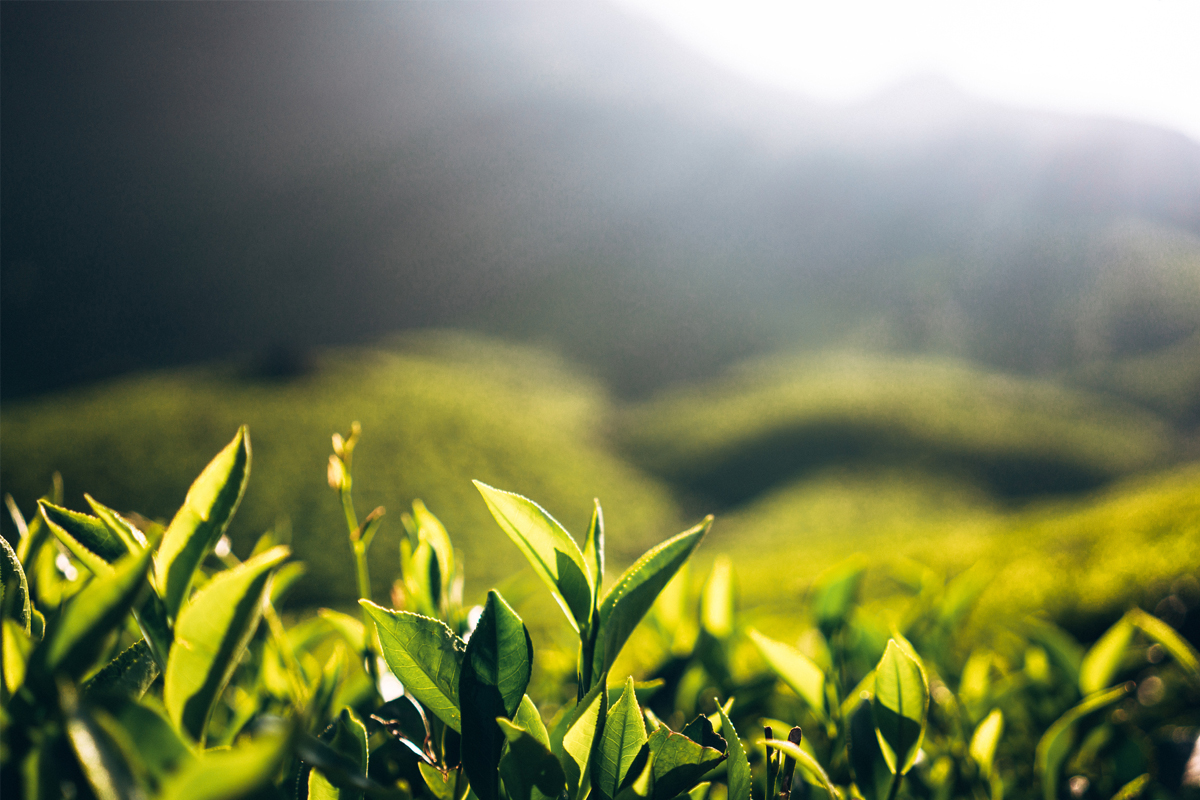The Bangladesh government is likely to promote more people who are interested in tea cultivation. Apart from the present set-up, the neighbouring country plans to equip those interested persons with facilities like the Indian small tea growers, who are contributing to more than 50 percent of the production of tea in north Bengal.
A group of small tea farmers of Panchagarh Upozila in Bangladesh has invited small planters from India for practical and theoretical interaction with them.
Advertisement
A 10-member team associated with the Jalpaiguri district small tea farmers’ association, affiliated to the Confederation of Indian Small Tea Growers Association (CISTA), left for Bangladesh on a seven-day trip on 11 June.
According to CISTA president Bijoy Gopal Chakraborty, they will leave for Bangladesh via the Fulbari-Banglabandha Indo-Bangla border and will be in the neighboring country till 17 June.
The Bangladesh government has taken up the initiative with an aim to eradicate poverty and generate more employment in the tea sector, Mr Chakraborty says. “The neighboring country has been working on the small tea sector for the development of small tea plantations over the last 10 years,” he says.
The Bangladesh Tea Board will also play an important role in organizing the programme for the small tea growers of India and Bangladesh where they also plan to hear success stories from India’s small tea planters and formation of clusters and even setting up of tea factories with support from the Tea Board of India. Indian small growers will get an opportunity to interact with several tea companies in Dhaka and Chittagong during the meet.
There are several small tea plantations on the Indo Bangladesh border, from Jalpaiguri to North Dinajpur district areas, while some tea plantations are outside the fence, but on Indian land. A section of Indian small planters used to allege that miscreants from Bangladesh disturbed them by stealing equipment that they used for tea cultivation. Small growers in India expect that this trip will help strengthen the relations between the two countries.
Notably, Bangladesh has been producing tea in the traditional belt since the past many days. According to the statistical bulletin of the Bangladesh Tea Board, the country produced 78.95 million kg of tea, though its target was 70.68 million kg, in 2017. Significantly, in 2018, the production was recorded at 82.14 million kg, though its aim was to achieve 72.39 kg. In 2019, the target is 74.14 million kg, and so far, the country has produced 8.6 million kg.
Though Bangladesh exports tea to other countries, India exports tea to the neighboring country. The trend of export to Bangladesh has increased from 2017-18 to 2018-19. The quantity of export to Bangladesh was 0.46 million kg, but it was 3.46 million kg in 2018-19. According to records at the Bangladesh Tea Board, 2,000 kg green tea and .53 million kg black tea was imported from India till April 2019 this year.
The Bangladesh government has decided to lower the bank interest rate for growers and to increase re-plantation activities in the last few years, according to recent media reports from the neighboring country. “Around 82.13 million kg of tea was produced in 166 tea gardens across Bangladesh last year, much higher from the annual production target of 72.39 million kg, according to Bangladesh Tea Board. Favourable climate helped growers produce around 85.05 million kg in 2016, the highest in the history of Bangladesh, although it fell to 78.95 million kg in the following year,” reports The Daily Star











